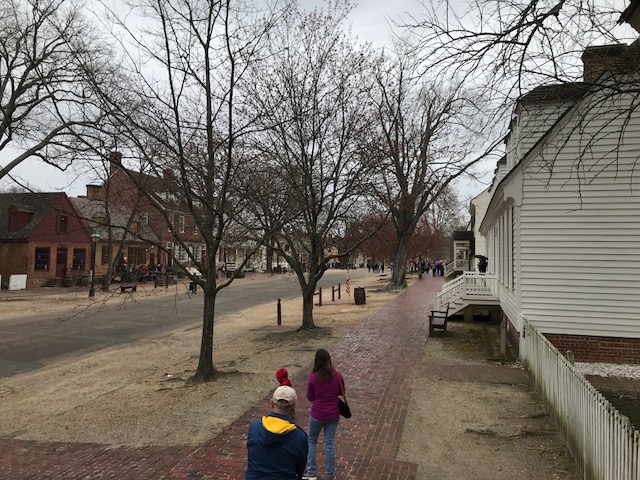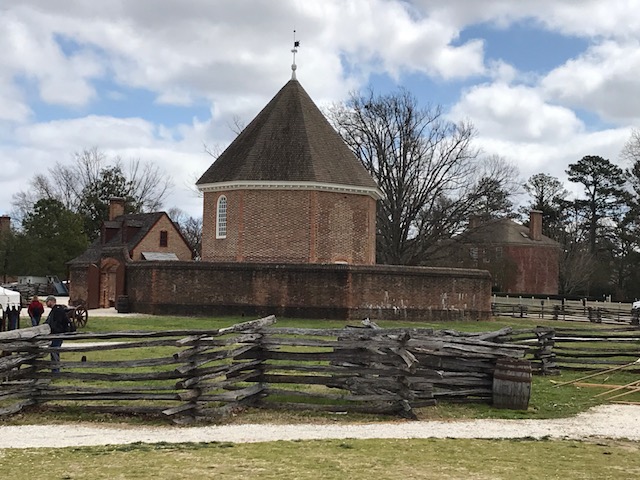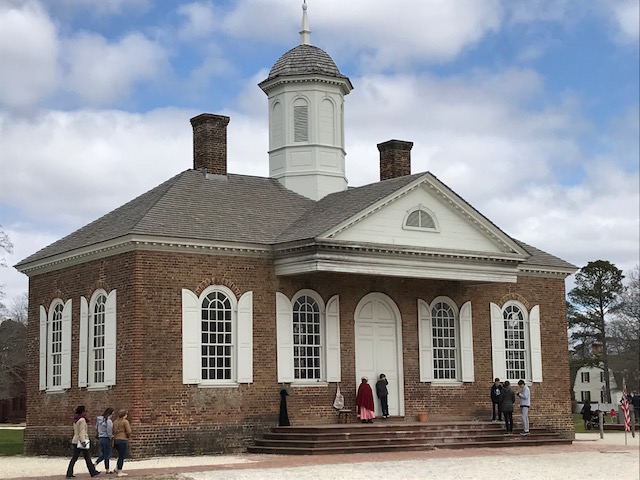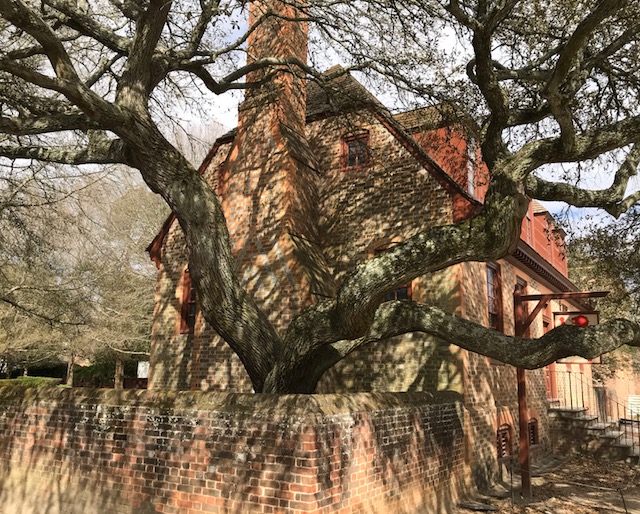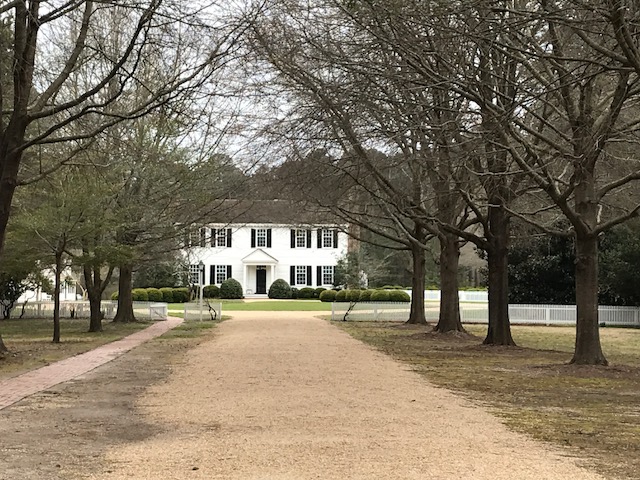“Of all my inventions, the glass armonica has given me the greatest personal satisfaction.” ~ Ben Franklin
While visiting the Folk Art Museum in Williamsburg one of the scheduled events that sounded intriguing was a multi-media concert of glass instruments. So we made sure we were seated in the auditorium before the demonstration began.
Mr. Dean Shostak was demonstrating three glass instruments. The first instrument, the armonica, was created by Benjamin Franklin in 1761. It is a series of glasses cupped together and you use wet fingers to play it. Each cup produces a different tone. I had not heard of this instrument before. However, it has been featured on Mr. Rogers. Mr. Shostak showed a video clip from one of Mr. Rogers television programs where Mr. Rogers was introducing the instrument to the children.

Mr. Shostak played several pieces for us on the armonica.
Next he showed us his glass violin. He had it made for him in Japan. It was a beautiful instrument with lovely etching on the sides. He let us come close after the concert to take photos and touch it. There are not too many of these glass violins around. He played one song on it for us. To my untrained ear it sounded nice and much like other violins
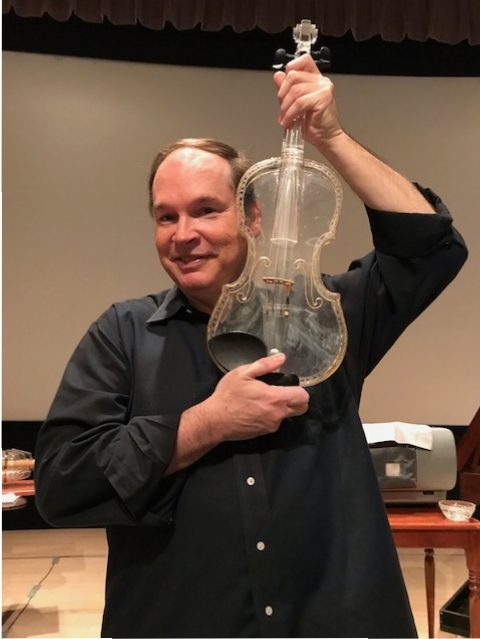
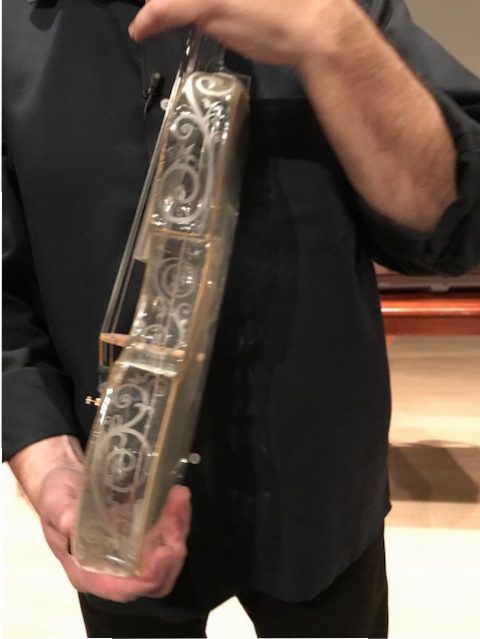
The third instrument was similar to the armonica only formatted differently. Instead of the glasses cupped together they were upright in a wooden box, but you still needed wet fingers to play it. I forgot the name of it.

It was a very enlightening, interesting and entertaining 45 minute concert in the Williamsburg’s Folk Art Museum.
On a side note; while we were looking at the dress design exhibit in the art museum we recognized a fellow Northfielder as we turned a corner. We stopped to chat and laughed about our meeting unexpectedly in this place so far away from home.
